|
However, almost without giving it a second
thought, Bush began immediately to set the larger American goal in
Afghanistan as bringing national democracy to the country. Presumably
this loftier, more Idealistic goal would ennoble the American efforts
in Afghanistan. What he seemed not to realize was that this would also
open up much larger questions concerning not only American relations
with Afghanistan and the surrounding nations, but also the entire
Muslim world. It would hit the country with huge diplomatic questions
that would trouble the rest of Bush's presidency.
CIA chief Tenet was ready to go
immediately (presuming the operation to be merely taking out bin Laden
and his associates). The CIA began to pay off local Afghan supporters
to help them locate bin Laden so that CIA operatives could do their
job. But as the operation began to expand its reach from taking out the
criminal perpetrators of 9/11, to taking out all of the many al-Qaeda
training camps around the country, to taking out the entire Taliban
government, Tenet realized that the CIA needed the U.S. military's help
in carrying out its responsibilities.
Rumsfeld's Defense Department takes over the task
When asked to support the CIA, Secretary
of Defense Rumsfeld balked, refusing such support unless Tenet and the
CIA operations were put under Rumsfeld's Department of Defense (DOD).
Furthermore, the taking down of bin Laden and al-Qaeda would have to
wait until the Taliban had been defeated through the DOD's military
operations. Tenet was forced to yield, part of the frequent tension
that would characterize relationships within the Bush cabinet.
But the DOD had no immediate plans for an
Afghan operation. That would take time to develop. And the military
would not move until they were fully ready.1
Also any such plans required a lot of diplomatic preparation,
especially in getting things organized so that America's military
operations were coordinated with the local Afghan troops of the
Northern Alliance. This larger operation took time to get itself ready
for action.
Eventually (October 7th, almost a month
later) America was finally ready to go. There was a huge American and
British attack from the air on al-Qaeda training sites and Taliban
strongholds, while at the same time the Northern Alliance provided
ground troops (also assisted by U.S. special forces, mostly as liaison
personnel coordinating ground and air action), which invaded south into
Taliban territory.
But the Northern Alliance would not be
led by the highly respected Massoud, for he had been assassinated in a
well-planned operation just two days before 9/11. This had caught the
attention of CIA analysts who had been watching Afghanistan and who
sensed that something big was about to happen when Massoud was
assassinated. But they were not able to get their concerns passed on
quickly enough to put the nation's leaders on alert. Even then there
was probably no way anyone could have expected that these events in
distant Afghanistan pointed to what happened two days later on 9/11 –
just as Americans in 1941 were on to the fact that the Japanese were
planning something big, though it never occurred to them that it would
be an attack all the way across the Pacific to Pearl Harbor. [Americans
should never underestimate the abilities of their enemies to reach
deeply into their national existence to try to break them.]2
Nonetheless, the Northern Alliance
managed to hold together despite the loss of its leader. And with the
help of American and NATO air power, they were able to begin driving
back the Taliban. On November the 9th, they captured Mazar-i-Sharif,
with its key airport in the north of the country, enabling them to fly
in not only military supplies but also food for a desperately hungry
Afghanistan. Three days later they took the capital Kabul after the
Taliban fled ahead of advancing Northern Alliance forces.
With the fall of Kabul, celebrations
broke out in Washington and across America. Laura Bush, the Presidents'
wife, delivered an address to the nation describing how the Taliban was
in fast retreat and how the Afghans were rejoicing, especially the
Afghan women.
"The fight against terrorism is also a fight for the
rights and dignity of women." So it was clear. What America was
involved in was in fact the much larger goal of ridding the world of
terrorism and bringing new rights and dignity to the people of the
world.
Many of the Taliban and al-Qaeda fighters
retreated into the mountains and caves of Tora Bora, which Americans
bombed heavily on the 16th of November. Finally, CIA operatives and
Army Special Forces moved into the area. But they had hardly enough
troops to cover this huge area sufficiently. Many Taliban and al-Qaeda
fighters (including presumably bin Laden and his colleague al-Zawahiri)
simply escaped across the border into Pakistan. Other Taliban retreated
south to dig in around their political center, Kandahar, where they
were joined by more Taliban pouring in from Pakistan to join the
Taliban defense of the Pashtun south.
The clash of East-West cultures
Once again American Idealism and the hard
realities of a complex world would clash violently. Just the case of
"freeing" the women in fundamentalist Afghanistan provides a vivid
example of the complexities. Certainly equal education and equal
professional opportunities for women are well-acknowledged rights of
every woman in Western culture. But in traditional Muslim culture such
personal rights do not exist. In fact the whole Western idea of
personal rights itself is not the point of Islamic culture, which
instead teaches submission as the primary directive in life.
Everything, from children up through families, through local clans and
tribes, through anointed rulers, to Allah himself, is a construction of
correct submission. To talk of personal rights throws the whole sense
of Islamic order into confusion. In fact it is one of the major points
in the hostility of traditional Muslims against the invasion of their
culture by Western values. When Muslims hear of Westerners crusading in
their lands to bring individual rights, this touches the nerves of
devout Muslims, not just in Afghanistan but also in other parts of the
Muslim world. And in many cases, it merely makes them all the more
deliberate in their sense of opposition to the Westernizing of their
culture.
To be sure, there are many, very many, in
the Muslim world who find these Western values attractive. These are
the people that Westerners are most likely to deal with in their
contacts with the world of Islam. It is thus easy to get the impression
on the basis of this personal sampling that pro-Western attitudes are
much more prevalent in the Middle East than they actually are.
It is thus also hard, very hard, for
Americans to understand how Muslims who have lived among us in America
(as most of the 9/11 perpetrators had) could hate us as they do. Do
they not see the good in what we stand for? The answer is obviously
"no." Contact with our culture has made them all the more committed to
the idea that the evil ways of our culture must be destroyed – just as
we Americans believe that the evil ways of their culture must be
destroyed.
Thus it was that in Afghanistan, America
became drawn into a much larger challenge, one that had been brewing
for a while and was about to become monumental in size. The war on
terrorism in Afghanistan was quickly to become a war of global cultures.
1Of
course this DOD-imposed delay would give al-Qaeda plenty of time to
slip into the mountainous fastness of the Afghan Southeast – and from
there into Pakistan, where the U.S. would receive no permission
whatsoever to go in hot pursuit of al-Qaeda. In short, Rumsfeld let
al-Qaeda get away – while he now focused on taking down the Taliban, a
task that would prove to be even more difficult (actually impossible)
than the task of defeating the Viet Cong had proven to be in Vietnam.
2Very,
very ironically ... in early September of 2001 (as a just-hired history
and social studies teacher at a Christian school in Pennsylvania) I was
making this introductory point that foreign affairs was not really an
option for "Fortress America," despite the huge walls of the Atlantic
and Pacific Oceans that it seemed we could hide behind if we chose to
do so. I knew that there were enemies abroad intending to bring the
battle to America itself ... despite those oceanic walls. I cited as
the most obvious example Muslim jihadists, America-haters that I
pointed out were certainly going to make another attempt on the highly
visible and extremely valuable American national symbol, the New York
Twin Towers. However, I had no idea that this prophecy would be
fulfilled literally the very next day. My students never forgot this
act of unintended prophecy. But tragically, I lost two former
parishioners in that disaster. Thus this was indeed horribly painful
prophecy, something I would hope never to be called on to do again.
| 
 The
cruel hand of Islamic fundamentalism strikes New York on 9/11 (2001)
The
cruel hand of Islamic fundamentalism strikes New York on 9/11 (2001)
 The
world pays tribute to those who died on 9/11
The
world pays tribute to those who died on 9/11
 Going
after al Qaeda ... and the Afghan Taliban
Going
after al Qaeda ... and the Afghan Taliban
 The
move to "democratize" Afghanistan
The
move to "democratize" Afghanistan
 Taking more extreme measures
Taking more extreme measures
 Problems with Pakistan
Problems with Pakistan Bush attempts to line up support in the rest of the world
Bush attempts to line up support in the rest of the world





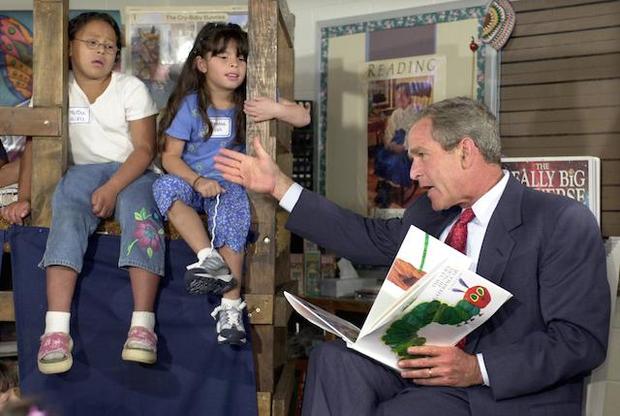
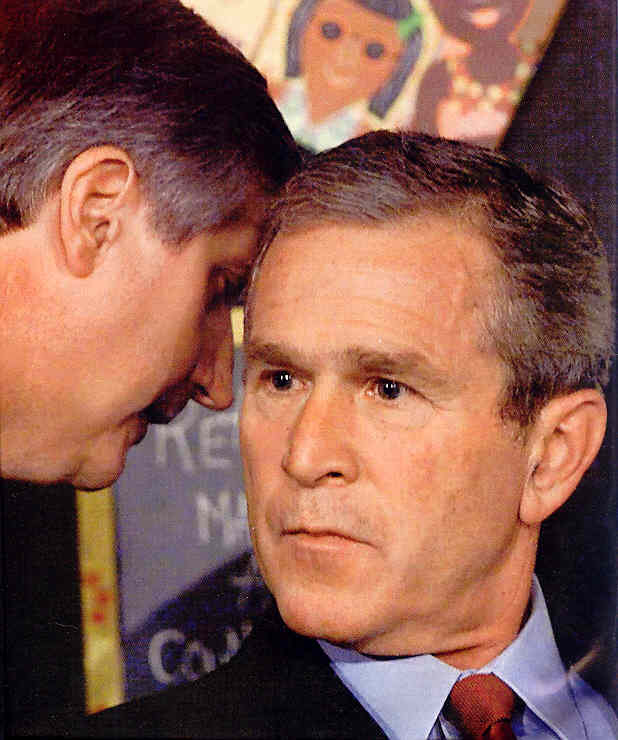
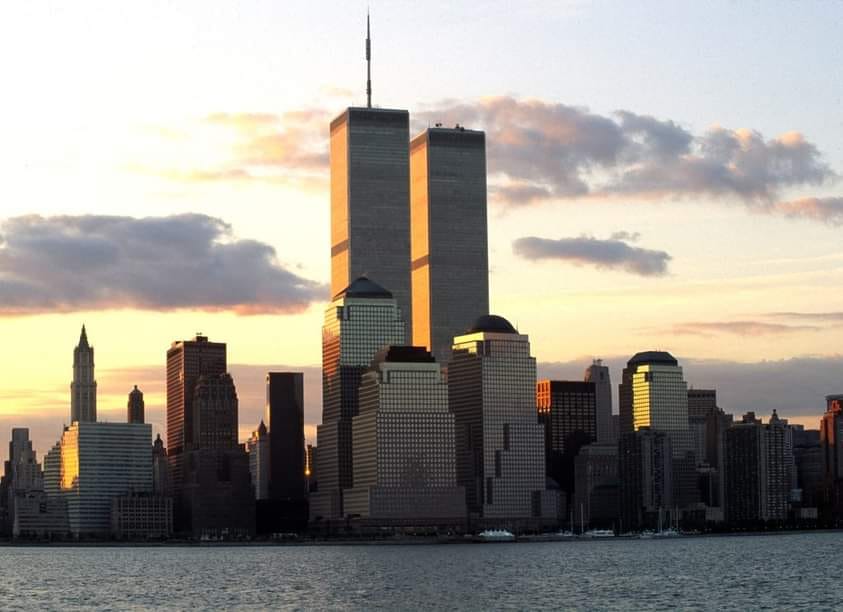
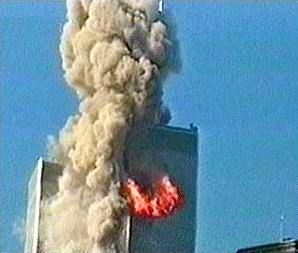
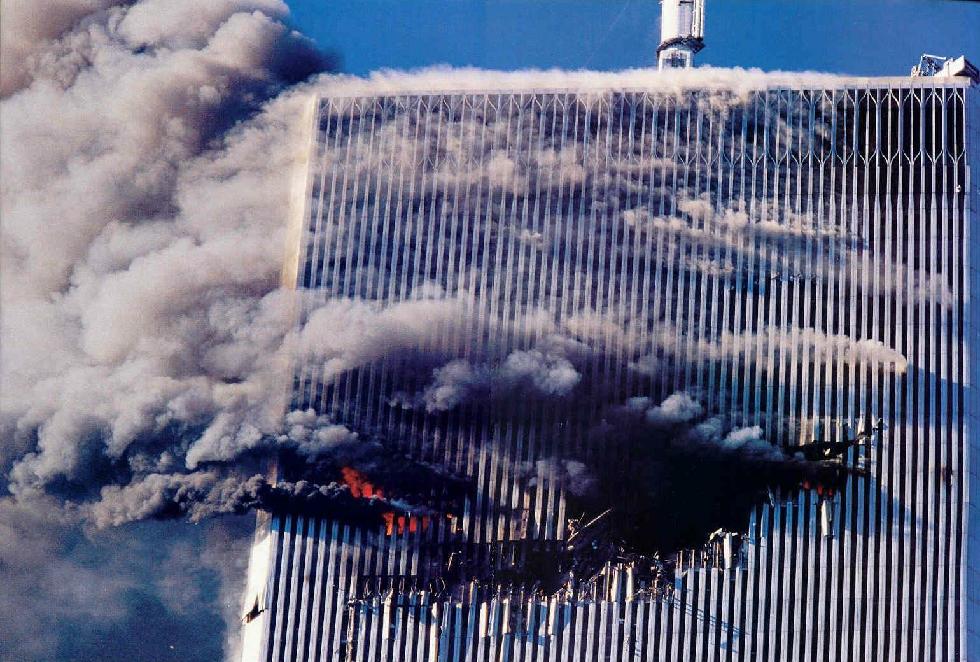
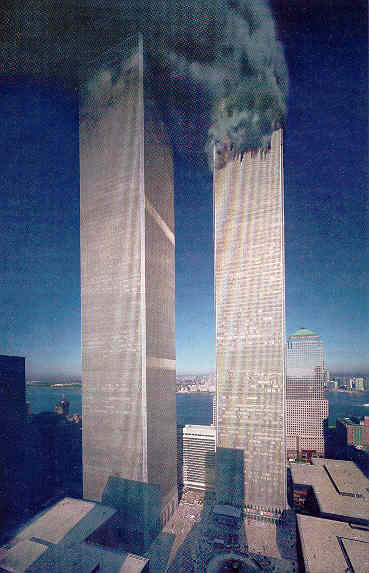
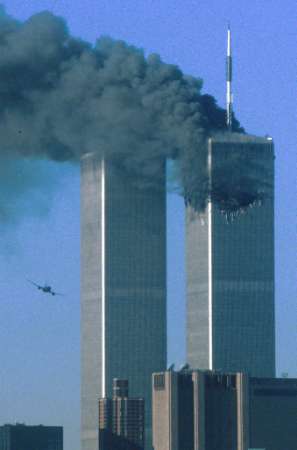
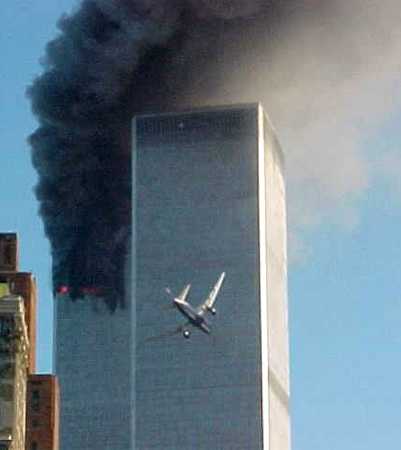
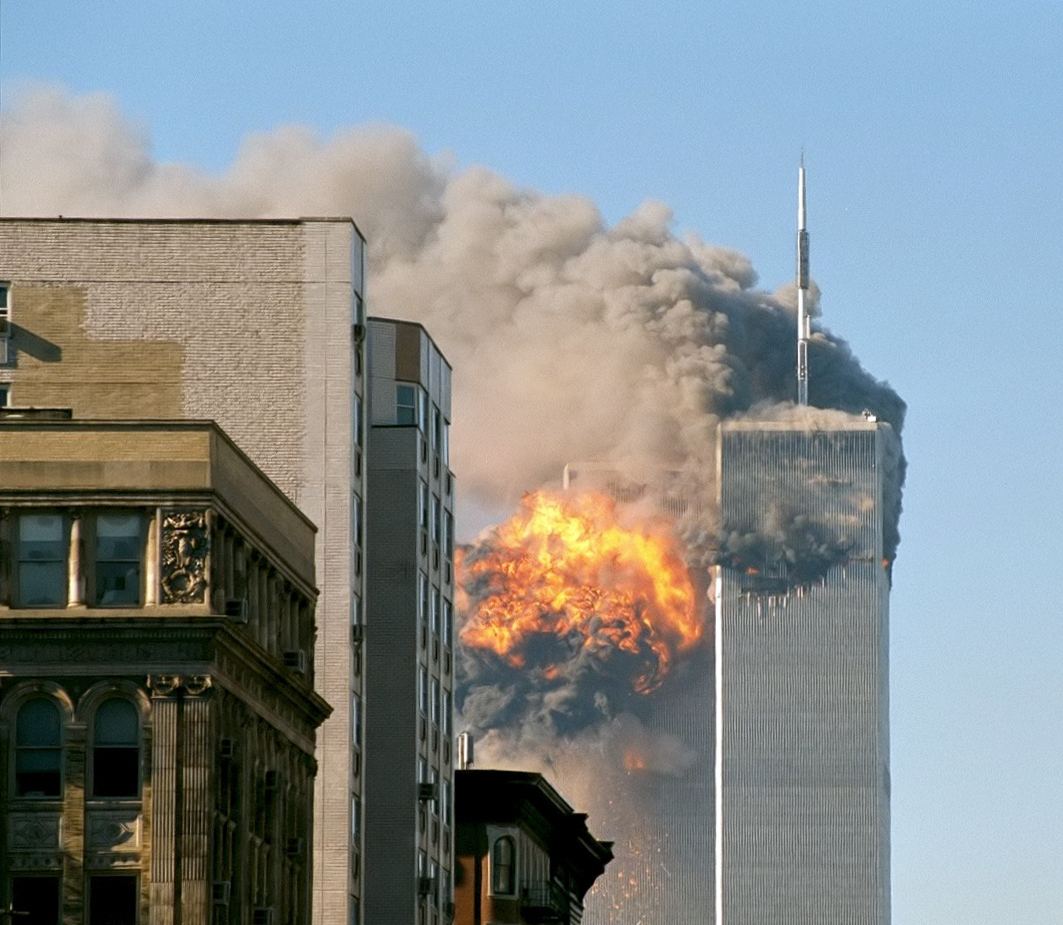
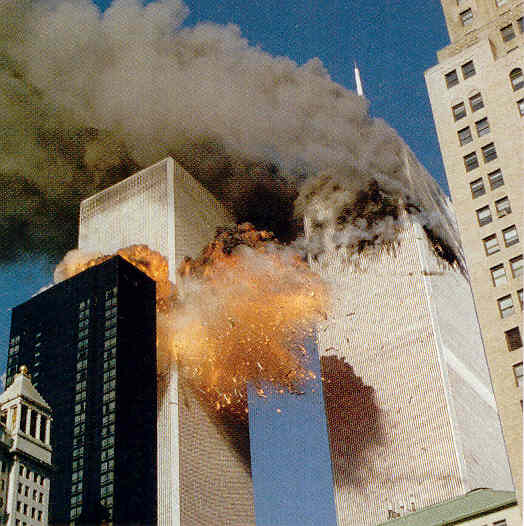
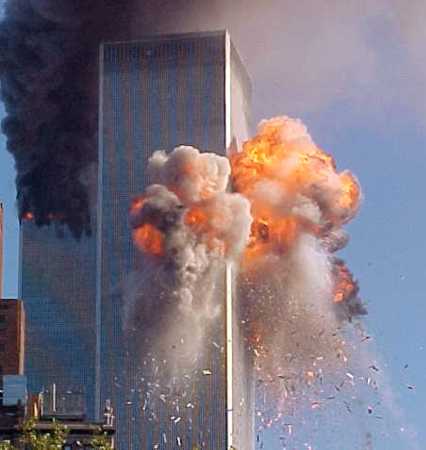
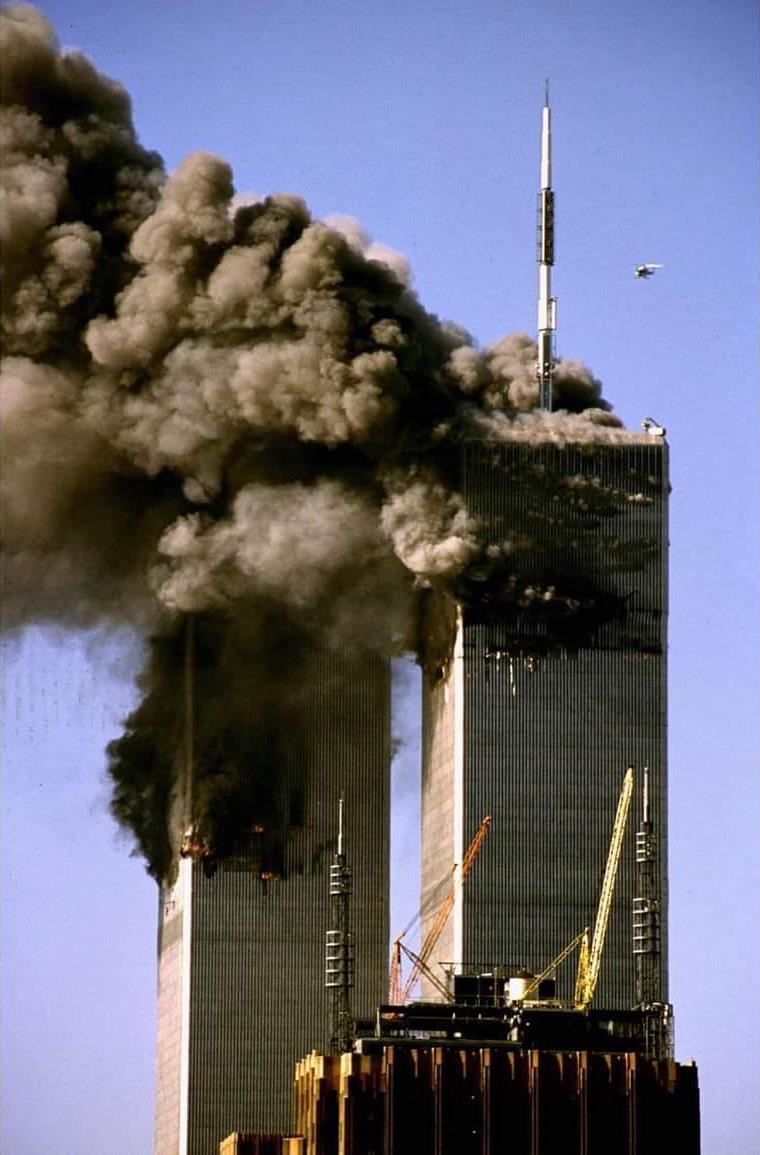
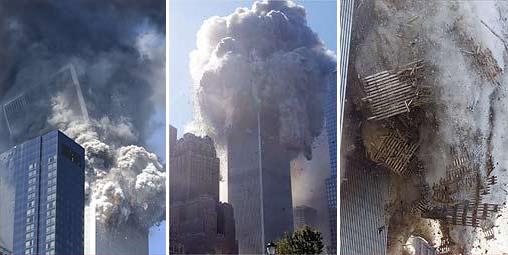
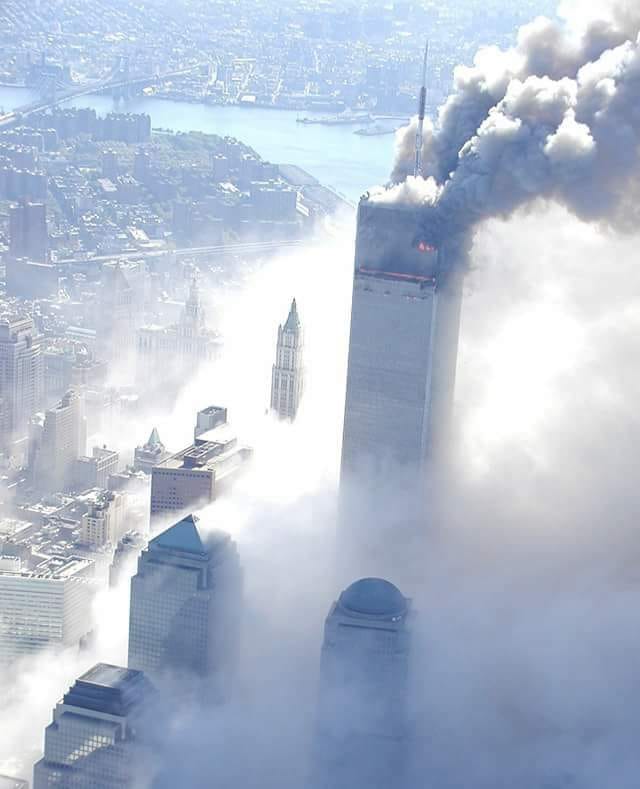
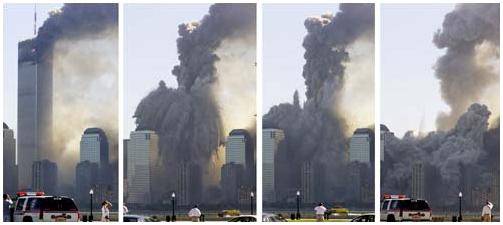
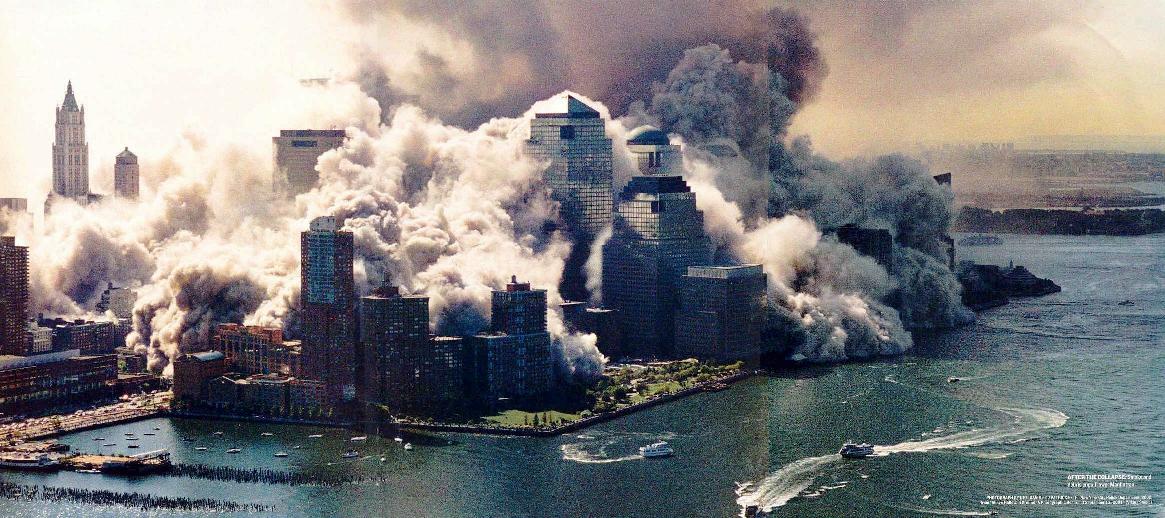
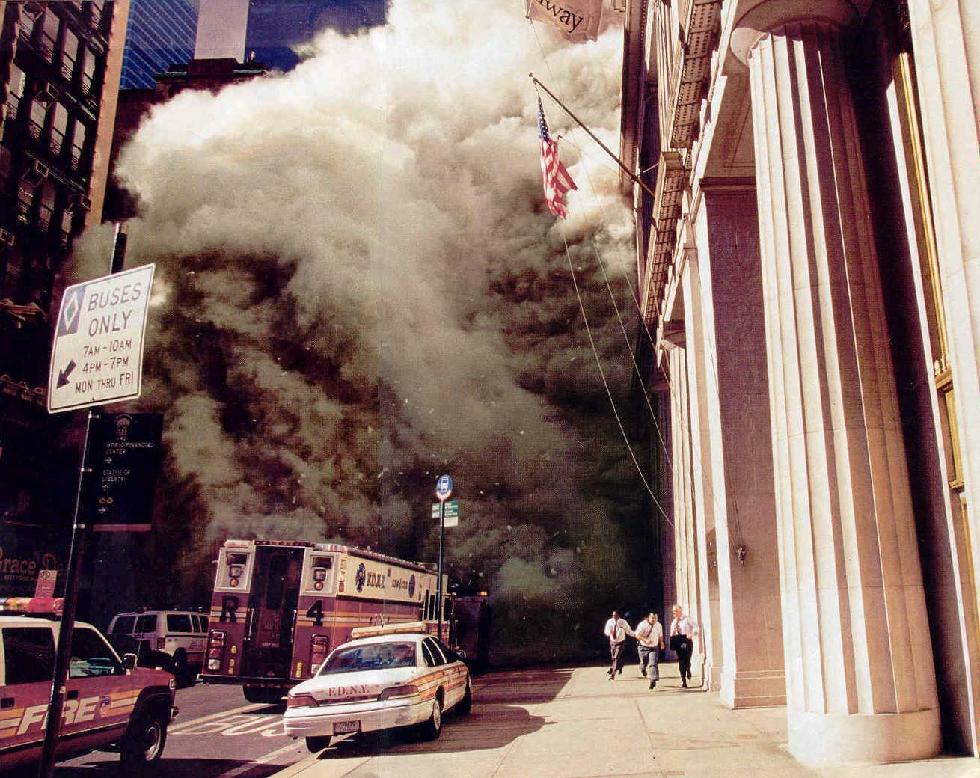
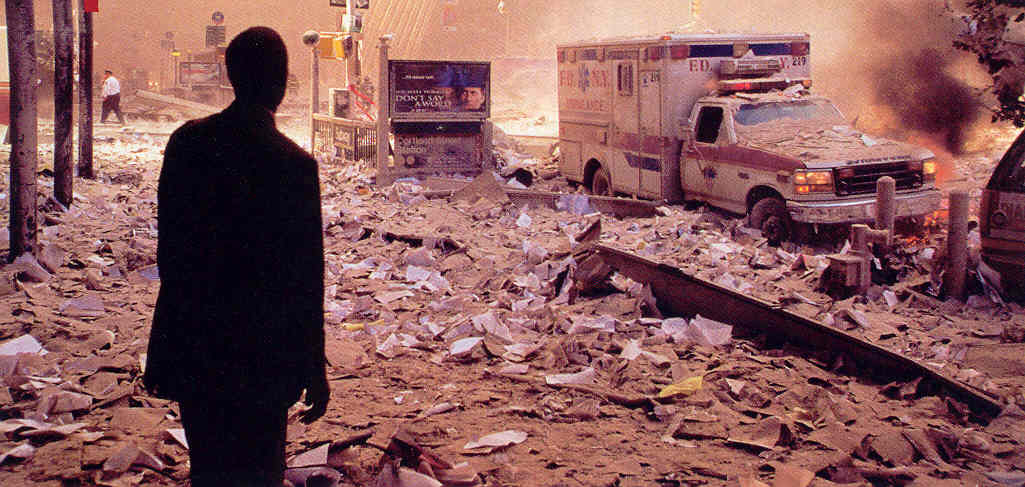
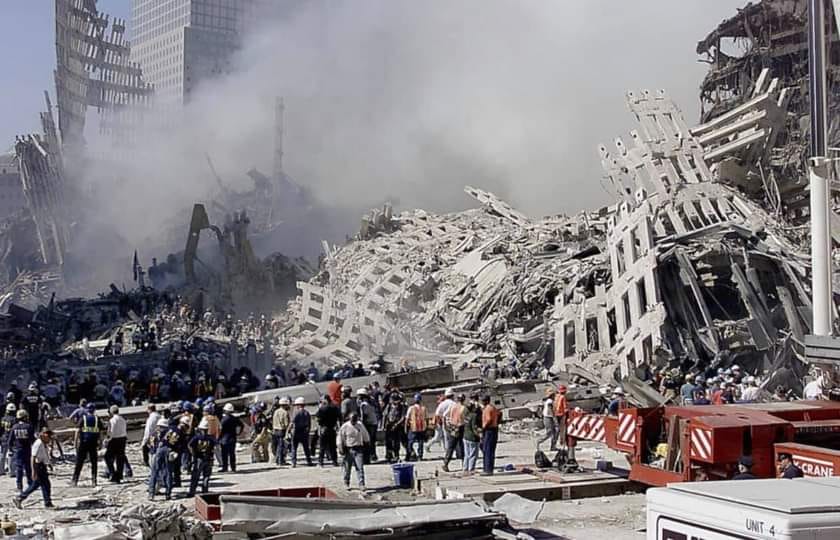
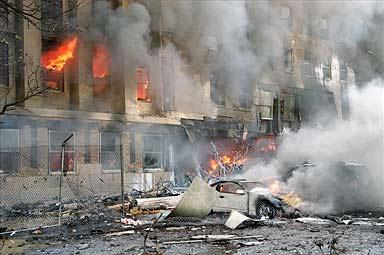
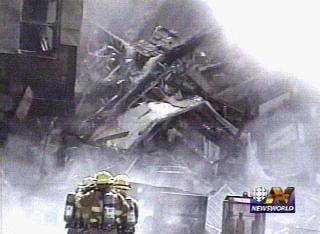
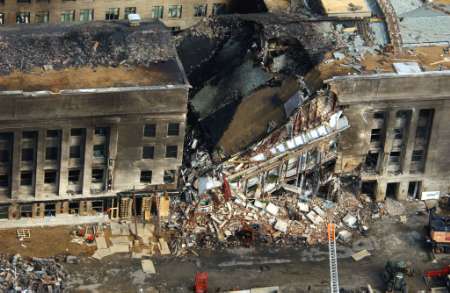
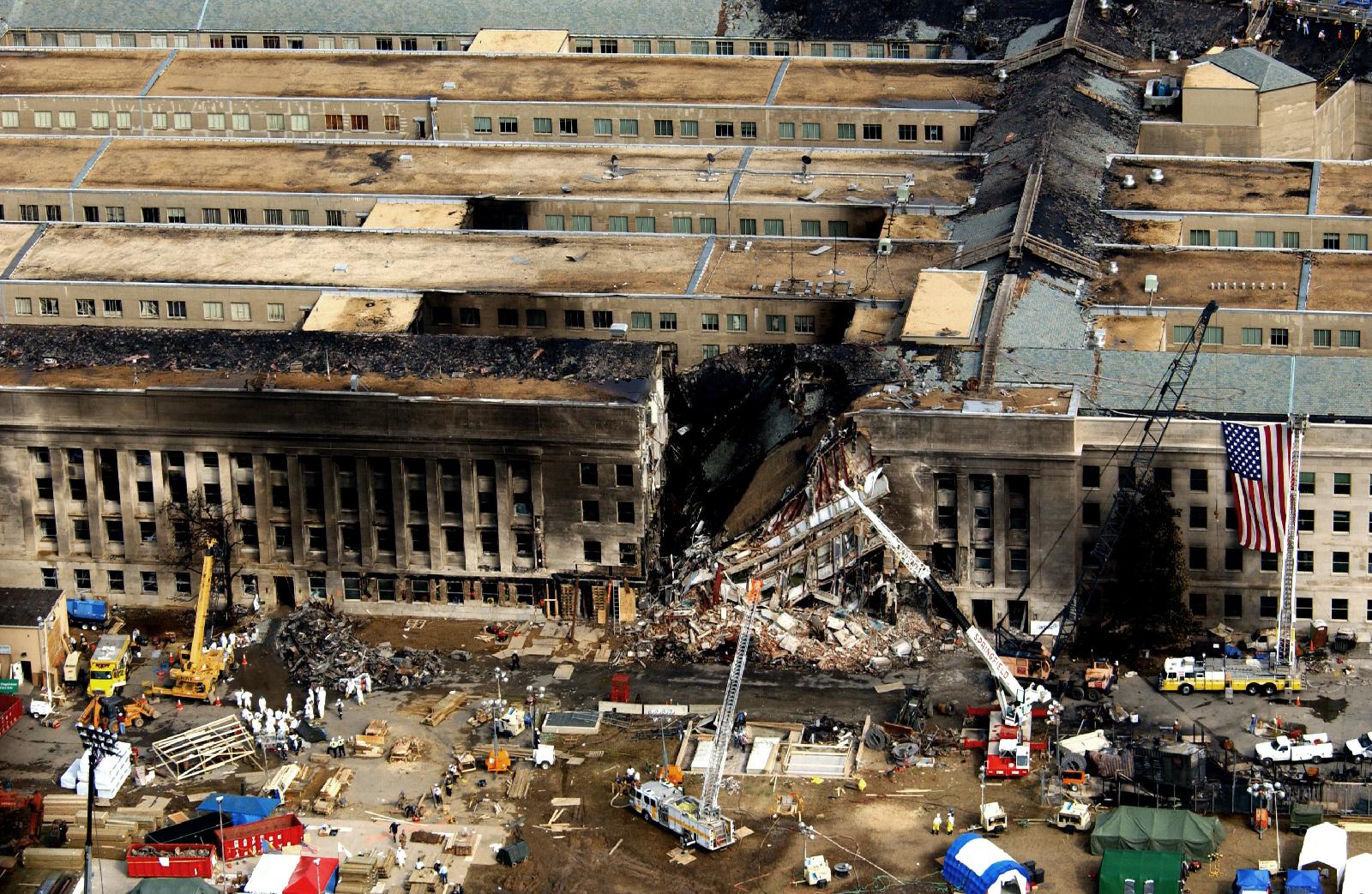
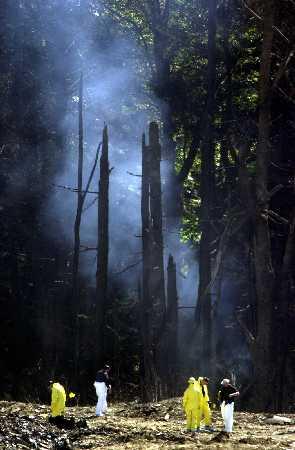
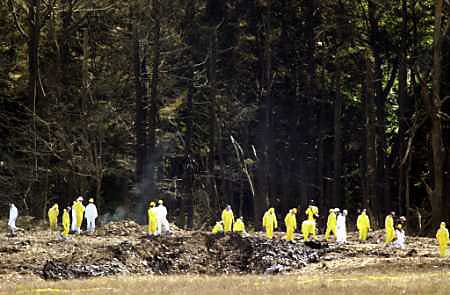
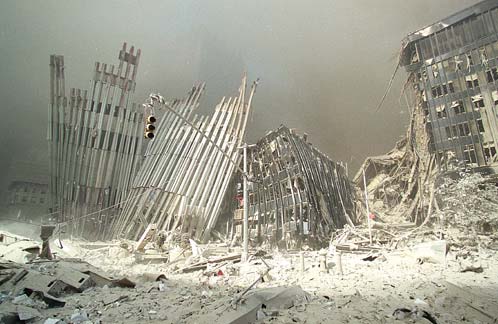
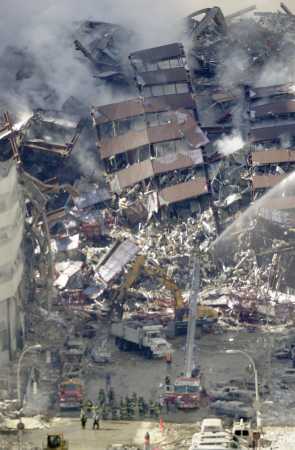
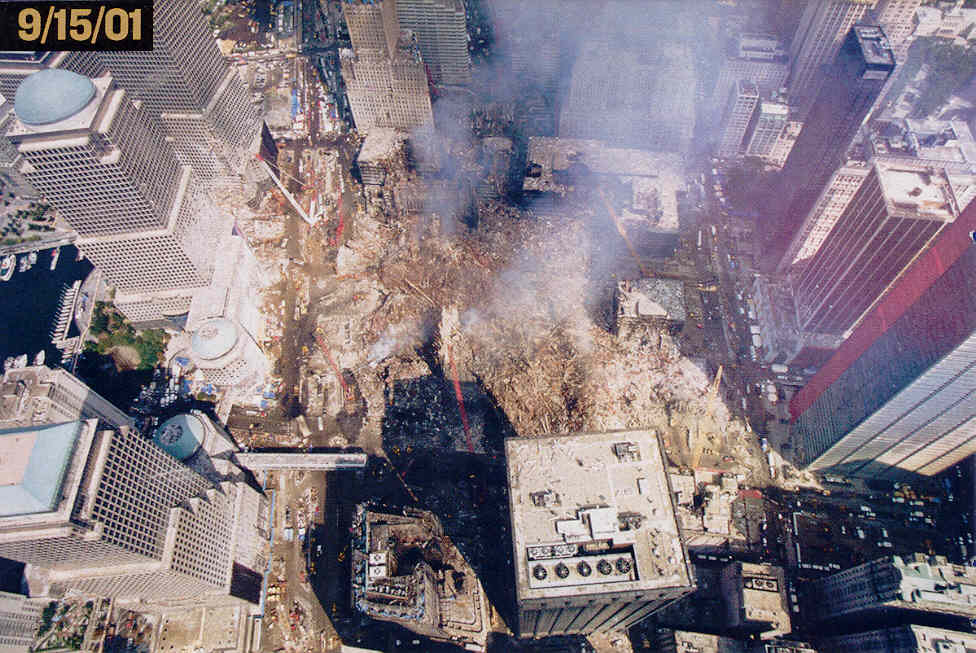
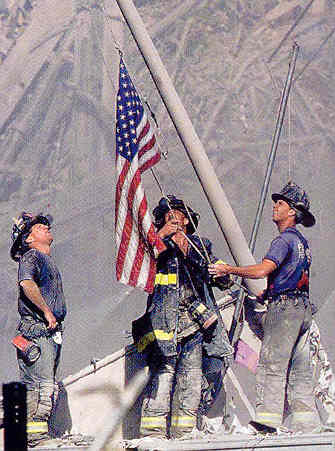
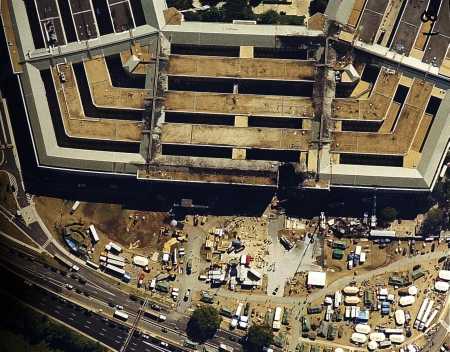
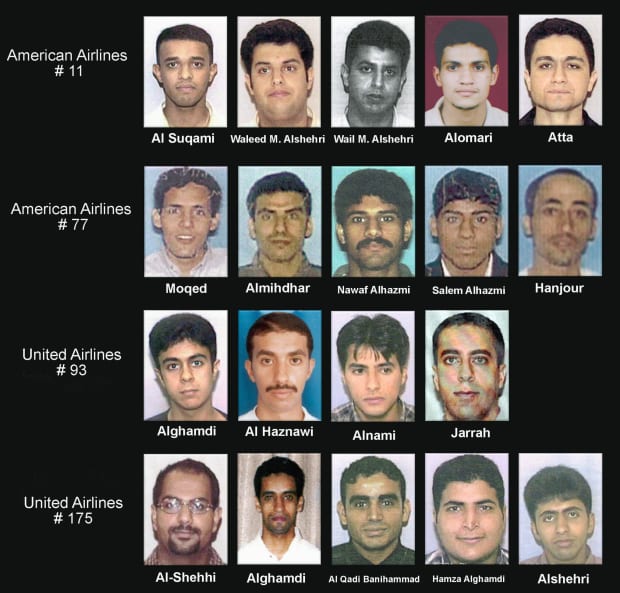
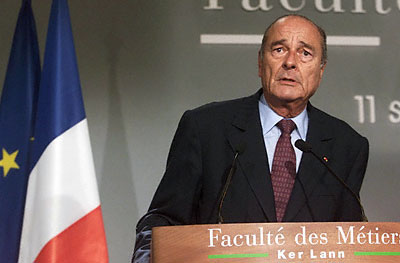
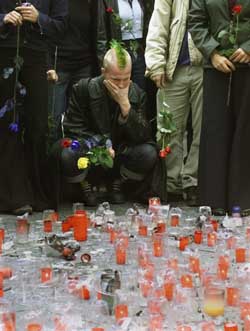
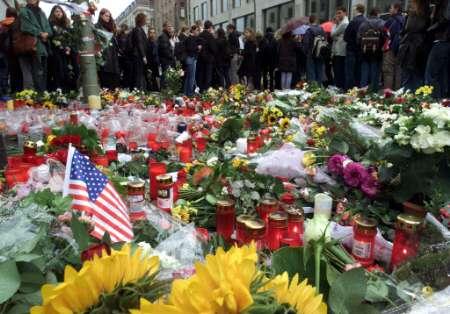
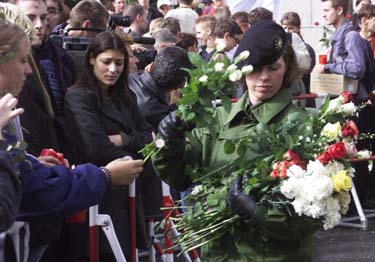
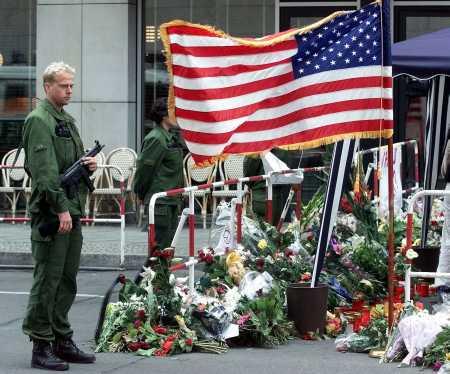
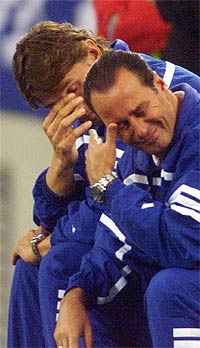
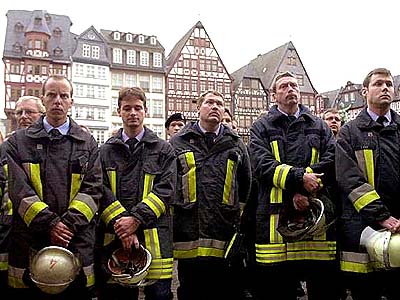
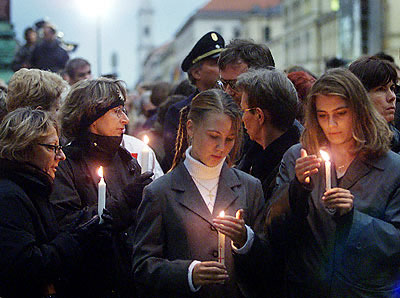
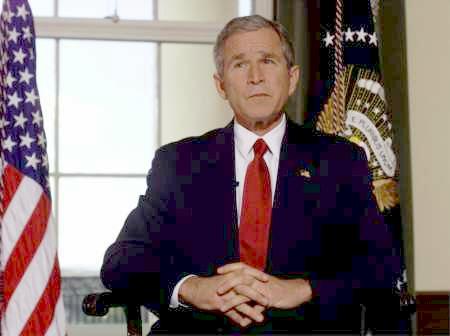
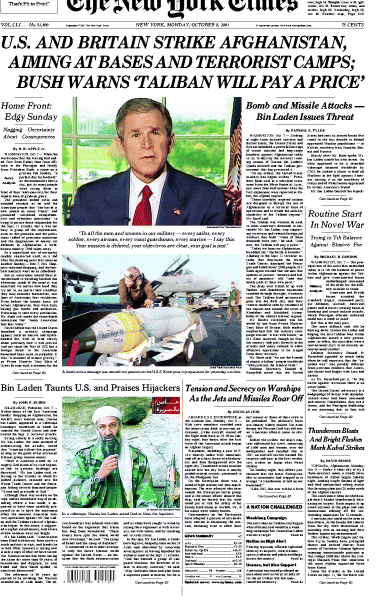
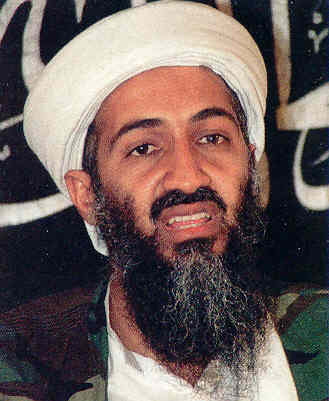
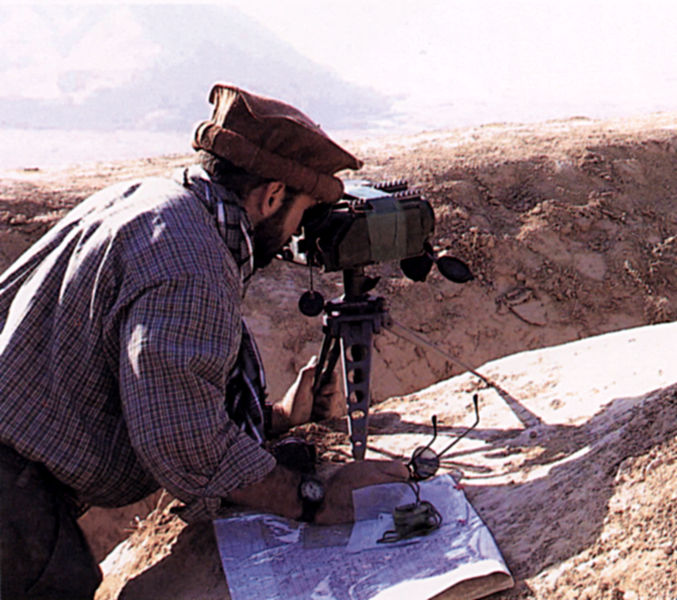
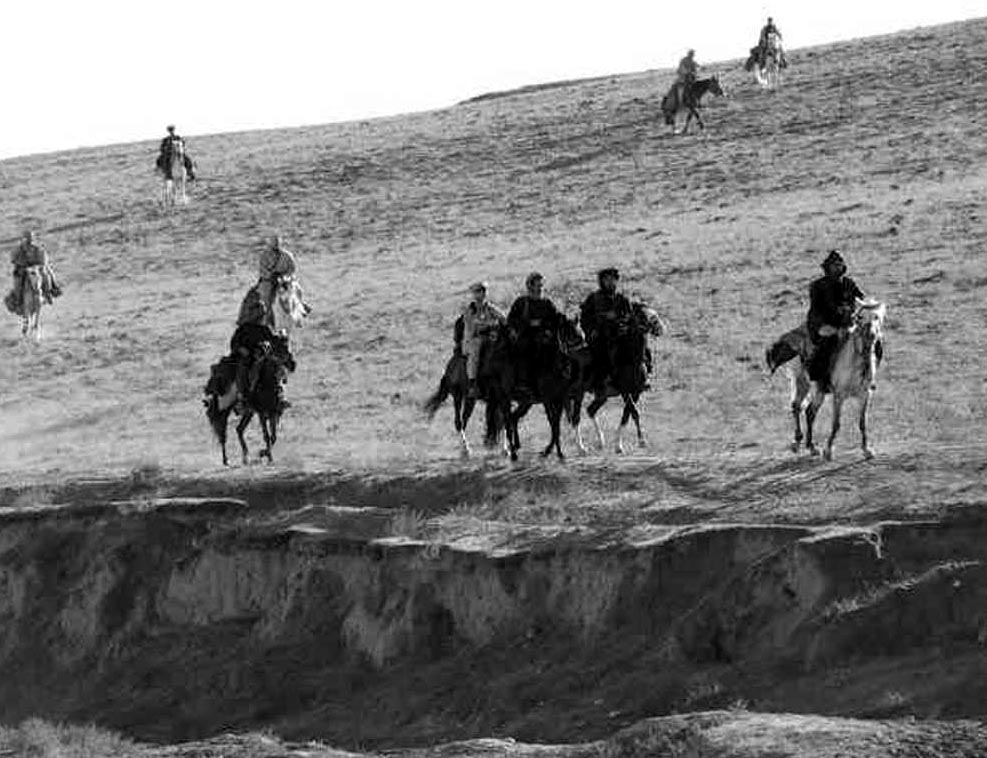
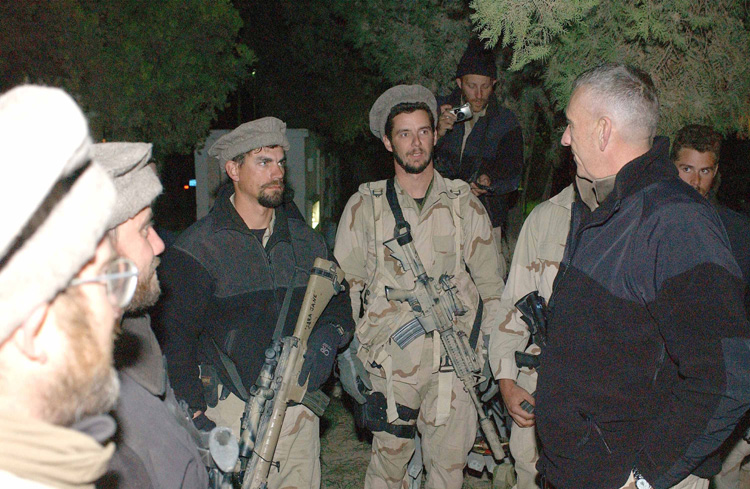
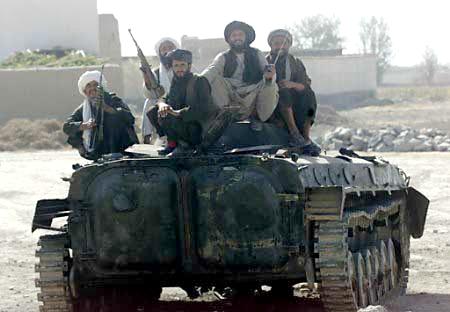
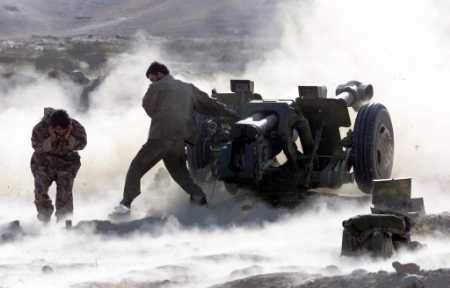
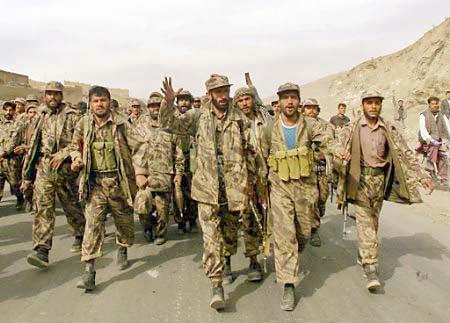
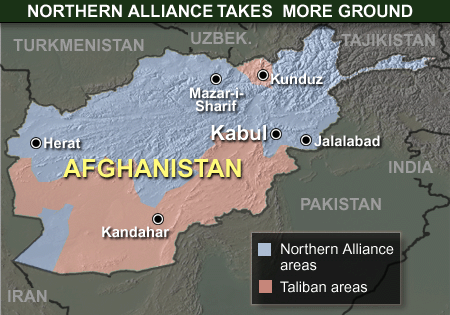
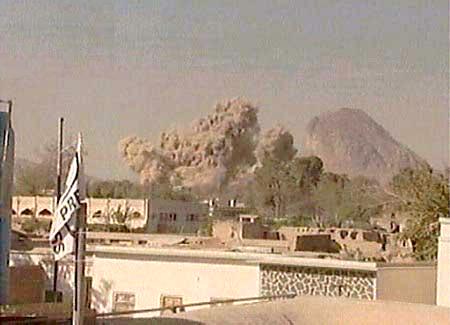
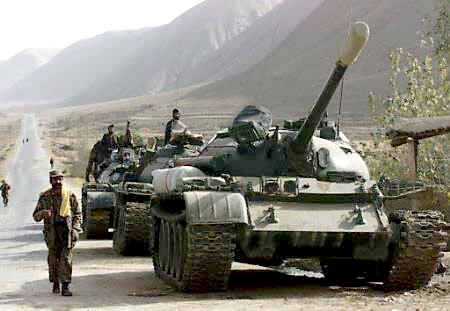
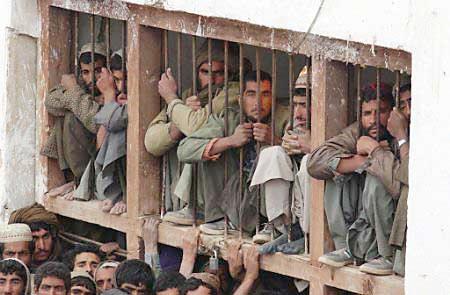
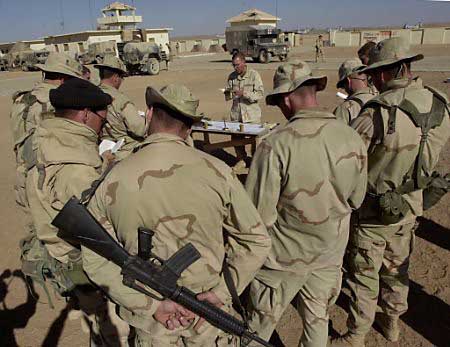
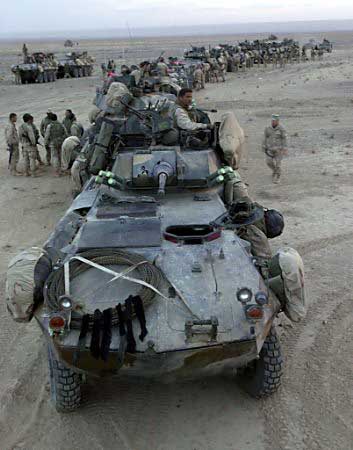
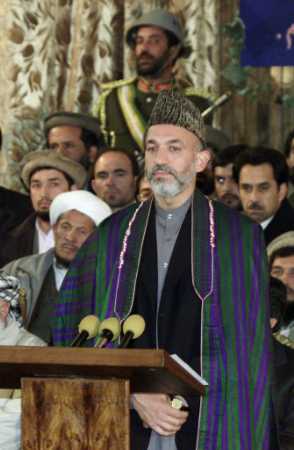
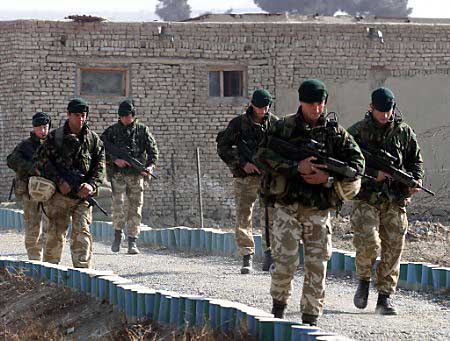
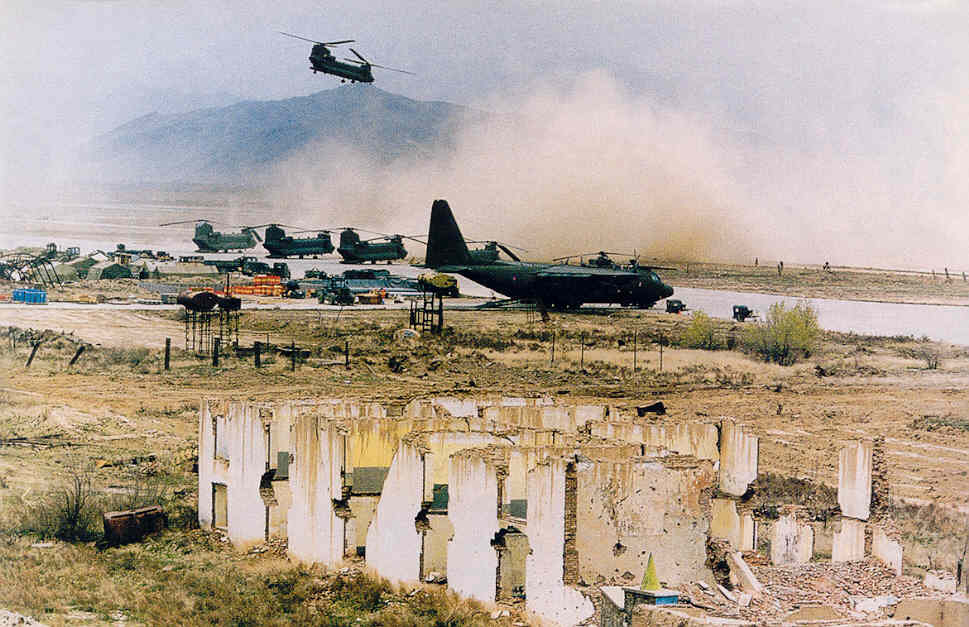

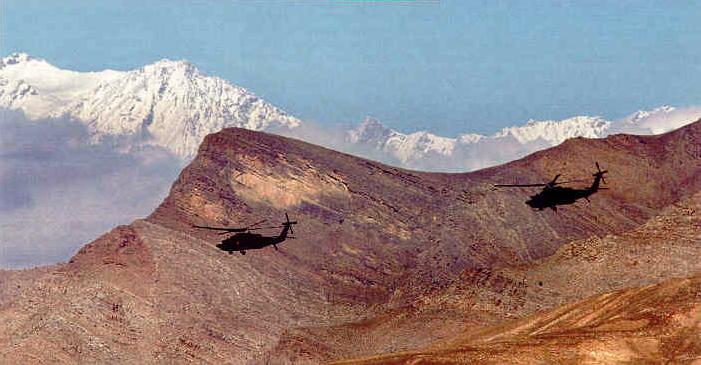
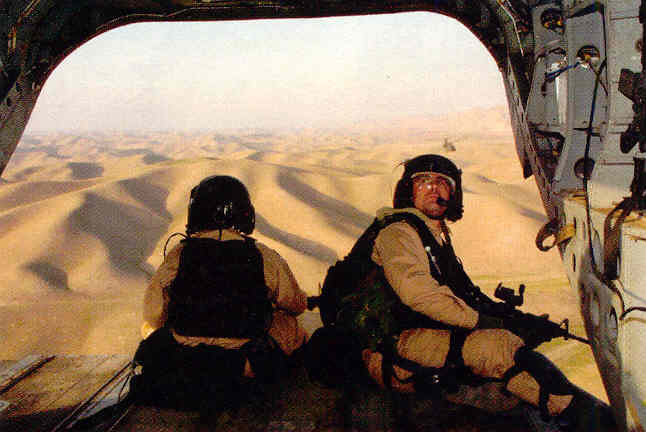
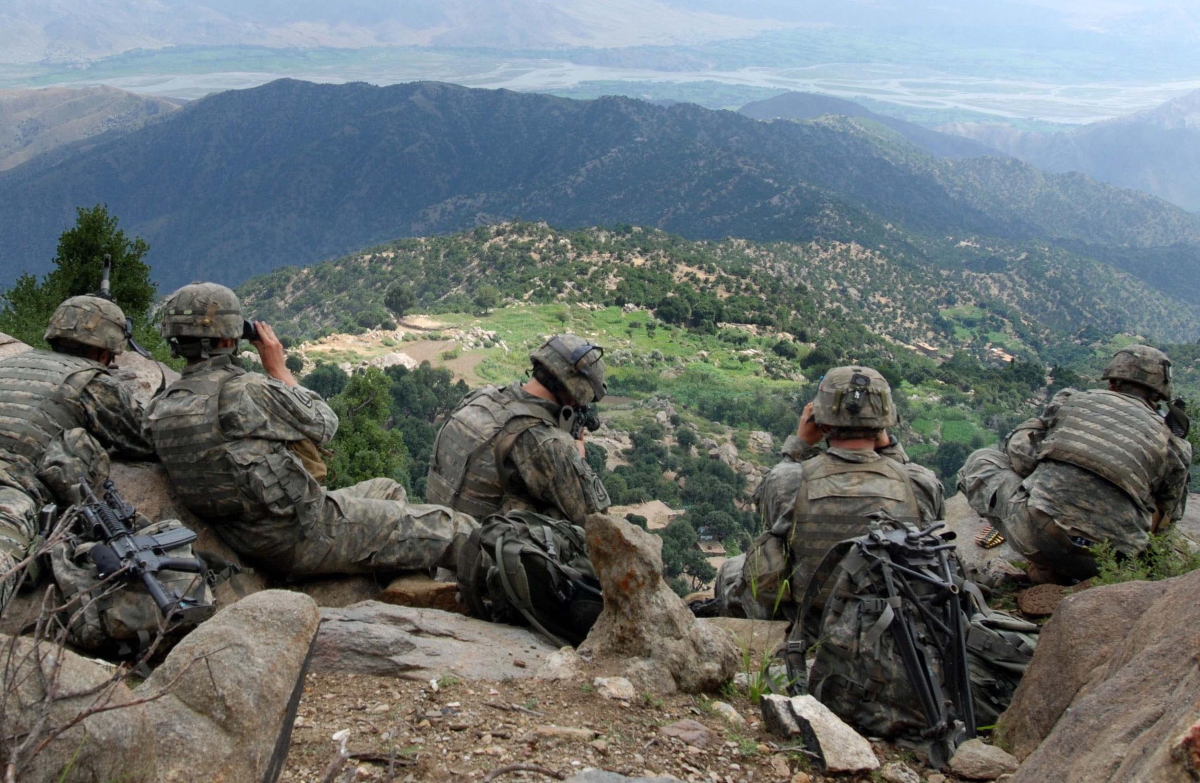
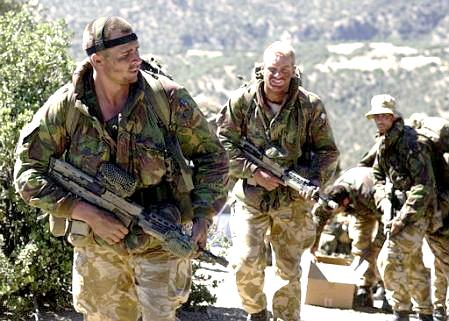
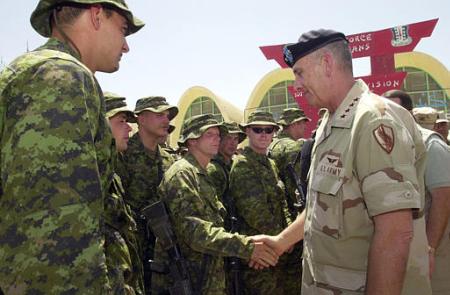
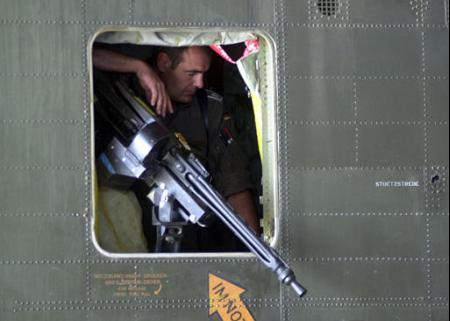
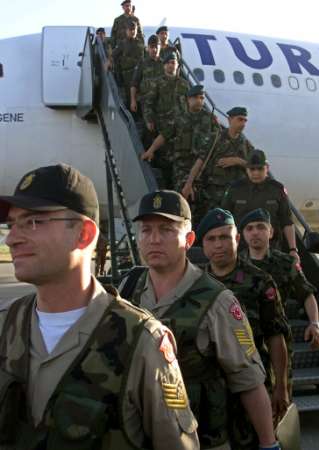
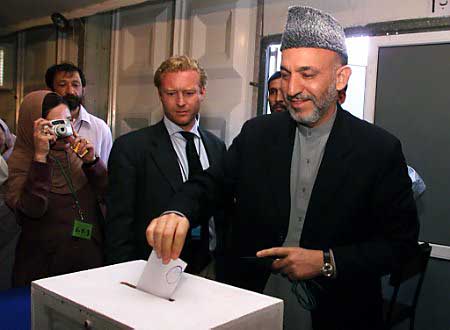
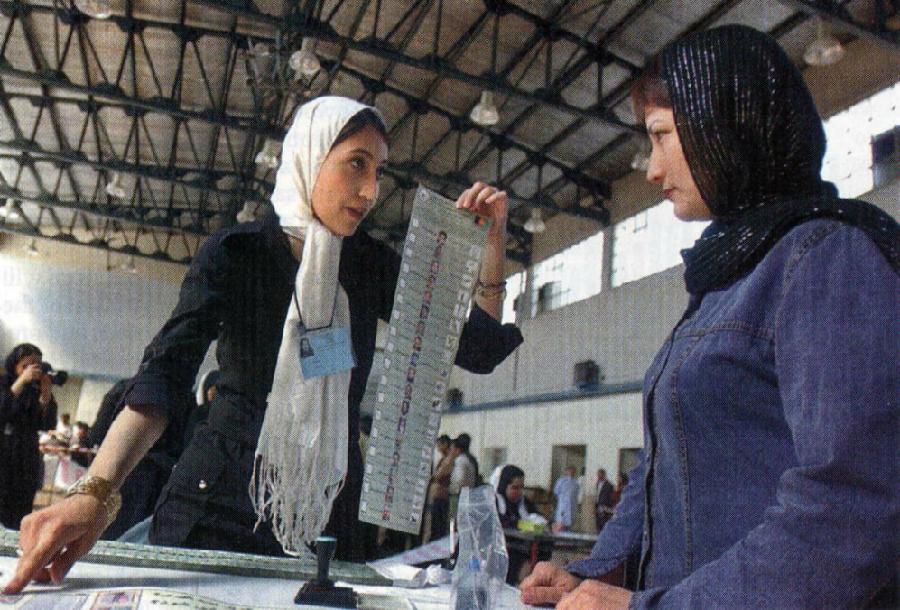
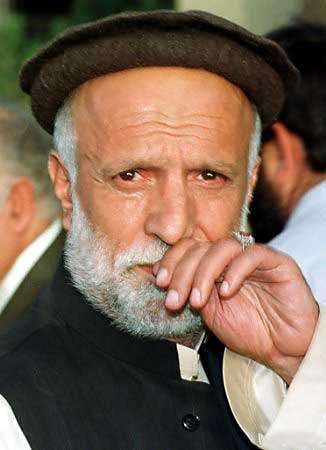
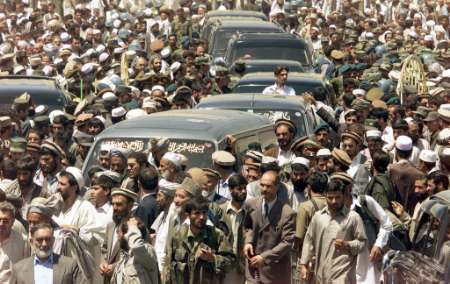
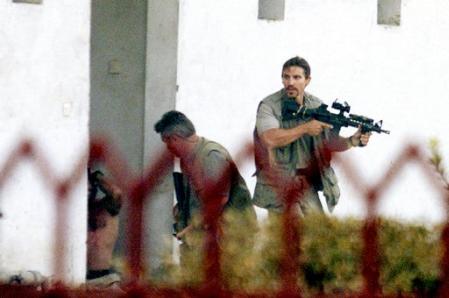
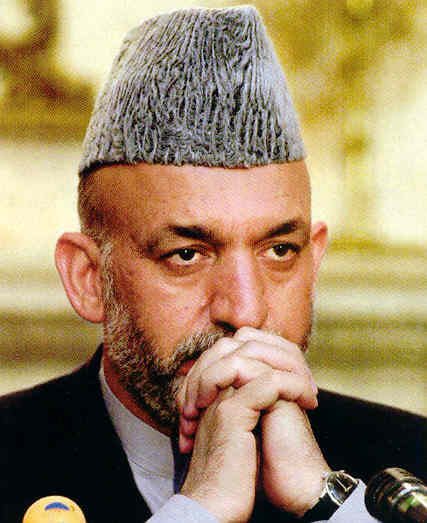
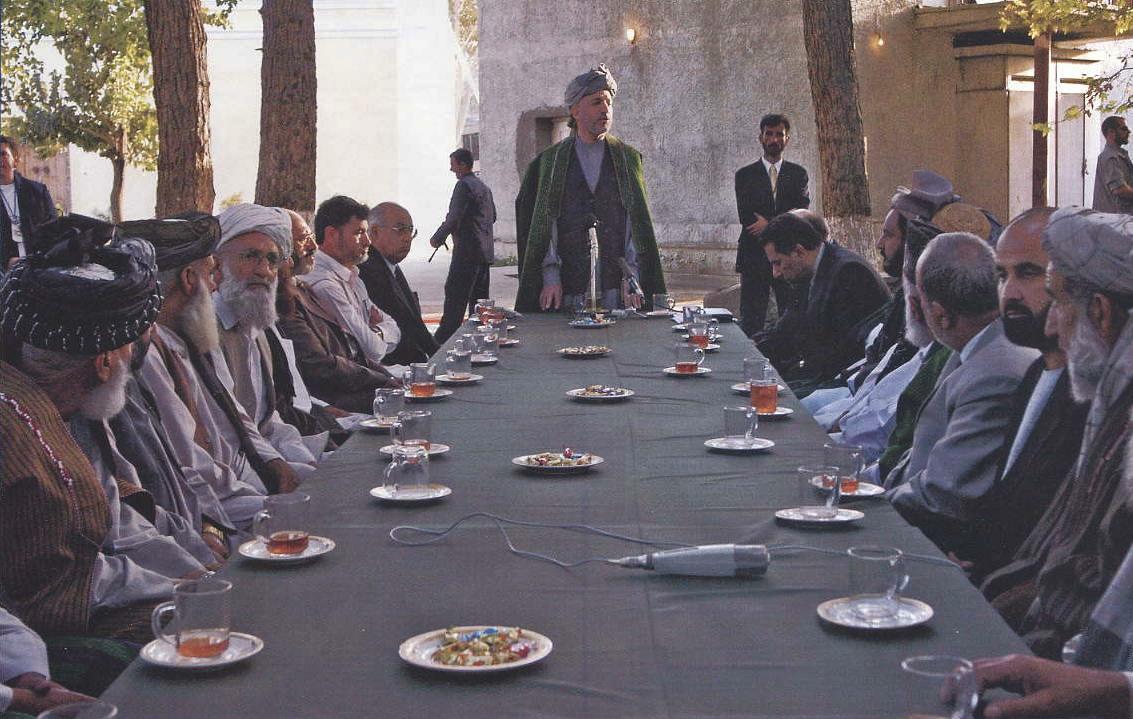
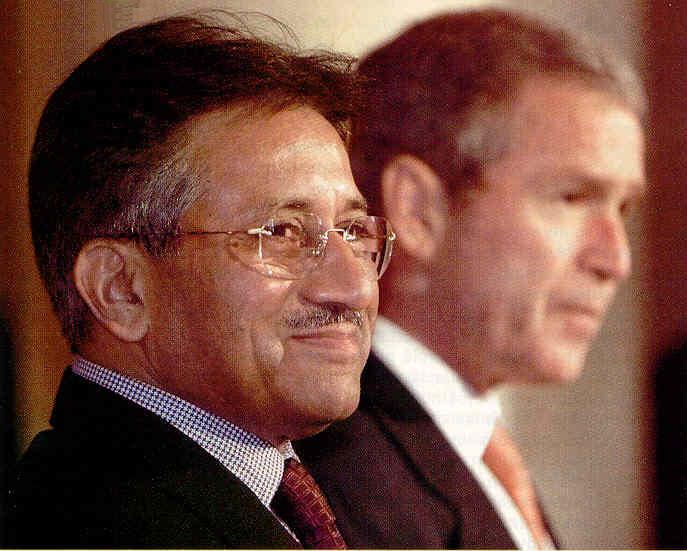
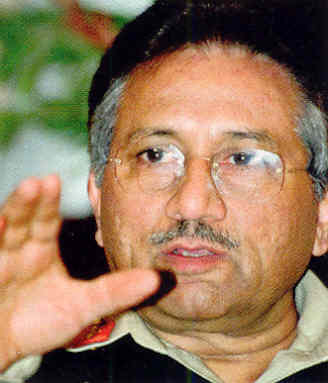
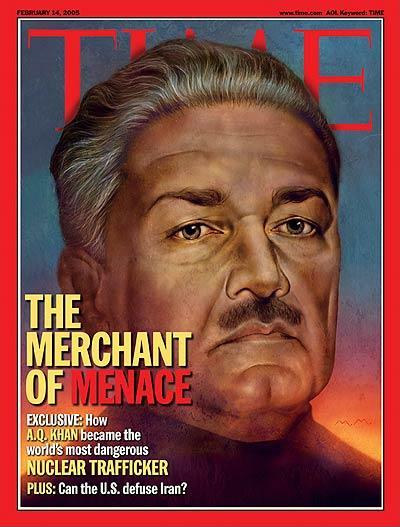

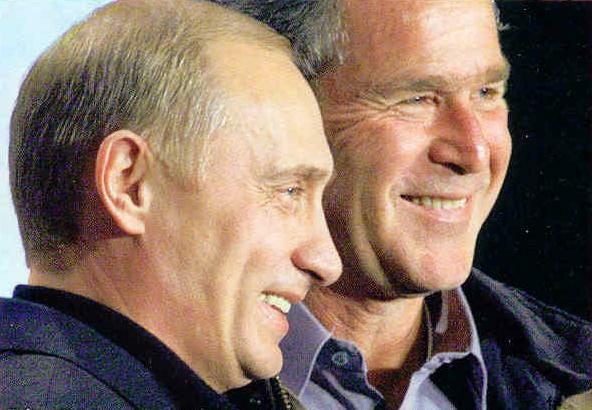
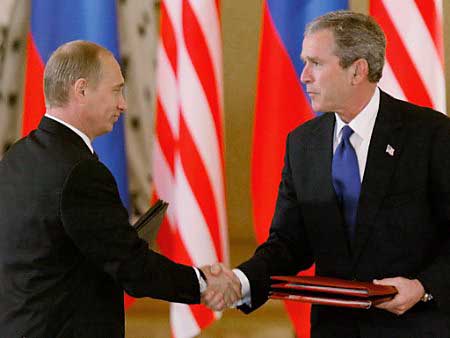
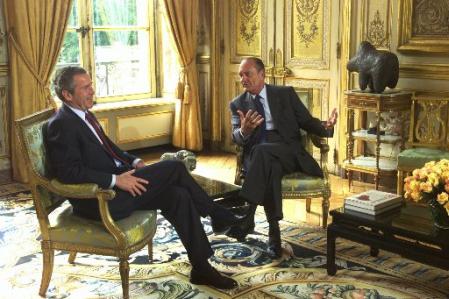
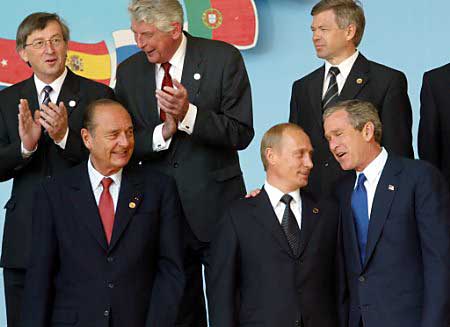
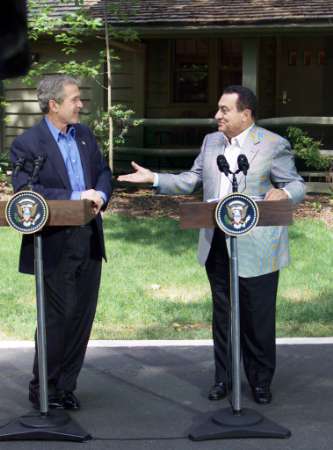
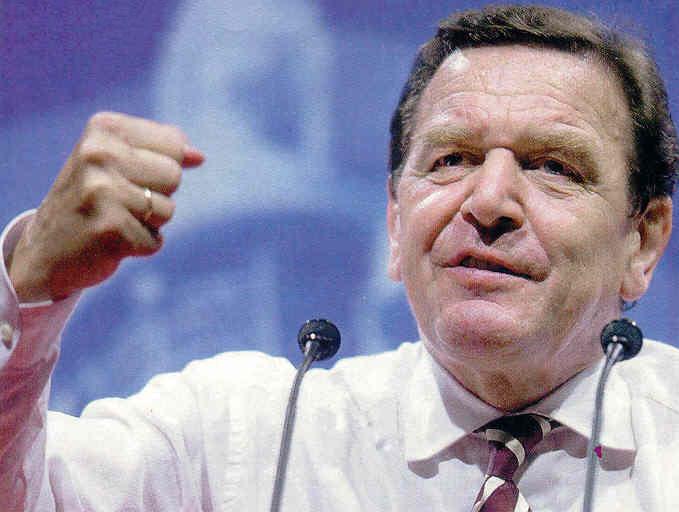

 Miles
H. Hodges
Miles
H. Hodges